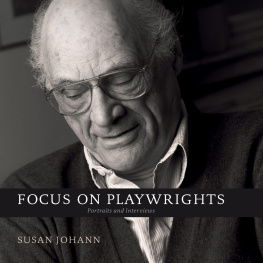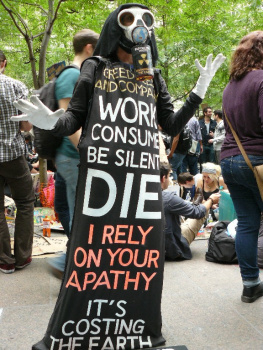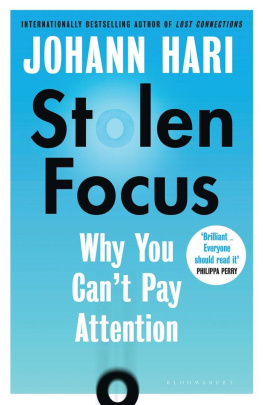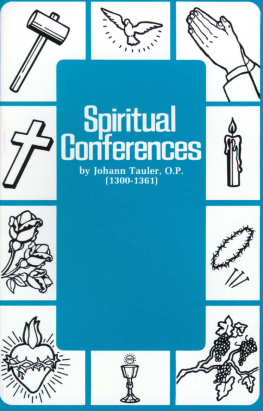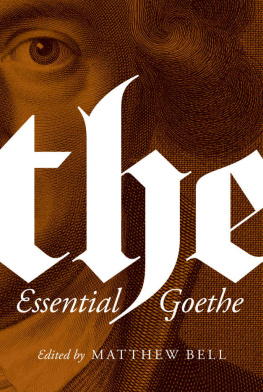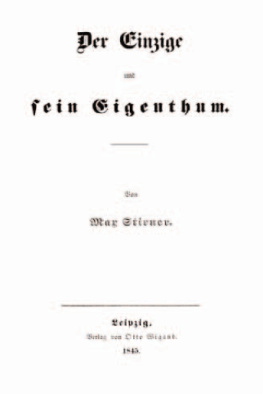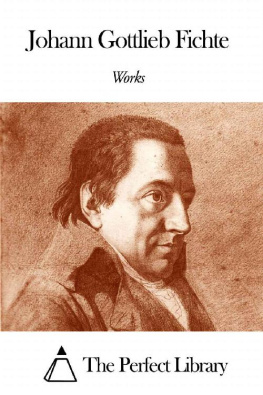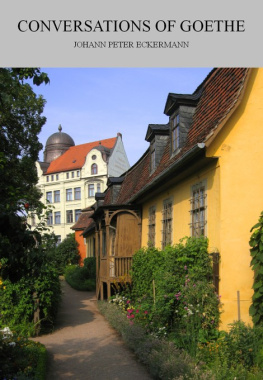
FOCUS ON PLAYWRIGHTS 

FOCUS ON PLAYWRIGHTS
Portraits and Interviews
SUSAN JOHANN

THE UNIVERSITY OF SOUTH CAROLIN A PRESS
2016 Susan Johann
Library of Congress Cataloging-in-Publication Data can be found at http://catalog.loc.gov/
ISBN 978-1-61117-715-2 (cloth)
ISBN 978-1-61117-716-9 (ebook)
25 24 23 22 21 20 19 18 17 16
10 9 8 7 6 5 4 3 2 1
Design and production by Blue Design
Page 1: Tom Stoppard
Page 2: Edward Albee
Right: Bill Irwin
Page 6: Beth Henley
Page 10: Joan Schenkar


CONTENTS
INTERVIEWS / TEXT
PHOTOGRAPHS

Plays happen, for an audience, in the dark. Reading them requires a very good light. I love this apparent contradiction and am encouraged by it, for it turns the act of reading playswhich for me is often more interesting than seeing theminto a waking dream. In order to stage plays in your head, you must first allow the comforting illusions that light your inner life to be switched offand find the darkness inside yourself.
FROM THE PREFACE TO SIGNS OF LIFE: SIX COMEDIES OF MENACE BY JOAN SCHENKAR

Ed Bullins
PROLOGUE
S hakespeare called the play a brief and abstract chronicle of its time. The playwright is chronicler. A mirror. Sometimes through biting satire, sometimes through moments that crystallize our experiences and return them to us clearer, they put themselves in a vulnerable position. If we are uncomfortable with what we see, we may wish to take the light away. Dont buy a ticket. Close the theater. What good is a mirror in the dark? Without a stage, a play can be literature, but not theatre. Theatreas opposed to film or videois a three-dimensional mirror in which words and ideas reverberate through time and space with an immediacy that can only happen when living, breathing human beings share an experience.
For decades, I have been intrigued by the idea of bringing to light the highly imaginative, vital people who work behind the scenesplaywrights. Those photographed are a diverse groupranging in age from twenty-something to one hundred and four. They are often political thinkers, sometimes poets. Some have college degrees and post-graduate degrees and others have less than a high school education. The group crisscrosses ethnic and class lines. They are impassioned artists with a common need to communicate their vision of the world.
The criterion for including a playwright in this series was simple: I wanted playwrights with a body of work, a body of work of distinction. Why are some important names missing? Again it is simple: because we were not in the same place at the same time. No collection can be exhaustive, and there will always be playwrights to photograph and other images that might show us another side.
Each playwright was photographed in studio using the same film, a single light and a plain backdrop. Each portrait chosen is a single frame of many takena single instant that in my judgment captures and distills something essential. There is always a full-length portrait, giving us a picture of the bearing and the apparel. The camera moves ever closer and eventually we get a very intimate look. As observers, we have permission to stare back at Edward Albee, August Wilson, or Marsha Norman, to examine them the way they examine us.
In the interviews, we can explore their journeys and their reasons for choosing such a chancy professionthis highly speculative, collaborative, crazy businessthe art of making plays.
It is thanks to these brave men and women who step forward to reveal those truths the rest of us are unwilling or unable to utter, that we as audience can sit in a darkened theater surrounded by others looking for an experience, or answers, or perhaps just amusementbut we will always get something more. If we are lucky, we will be transported into the magical, heightened reality that is theatre. If it is truly great, we will be marked by it forever. These photographs and interviews are a way to remember and celebrate the originating magicianthe playwright.

Standing left to right John Guare and Horton Foote. Seated Arthur Miller, Maria Irene Fornes, Edward Albee, Romulus Linney, Lee Blessing. Photographed at Signature Theatre in 2000.

Spalding Gray
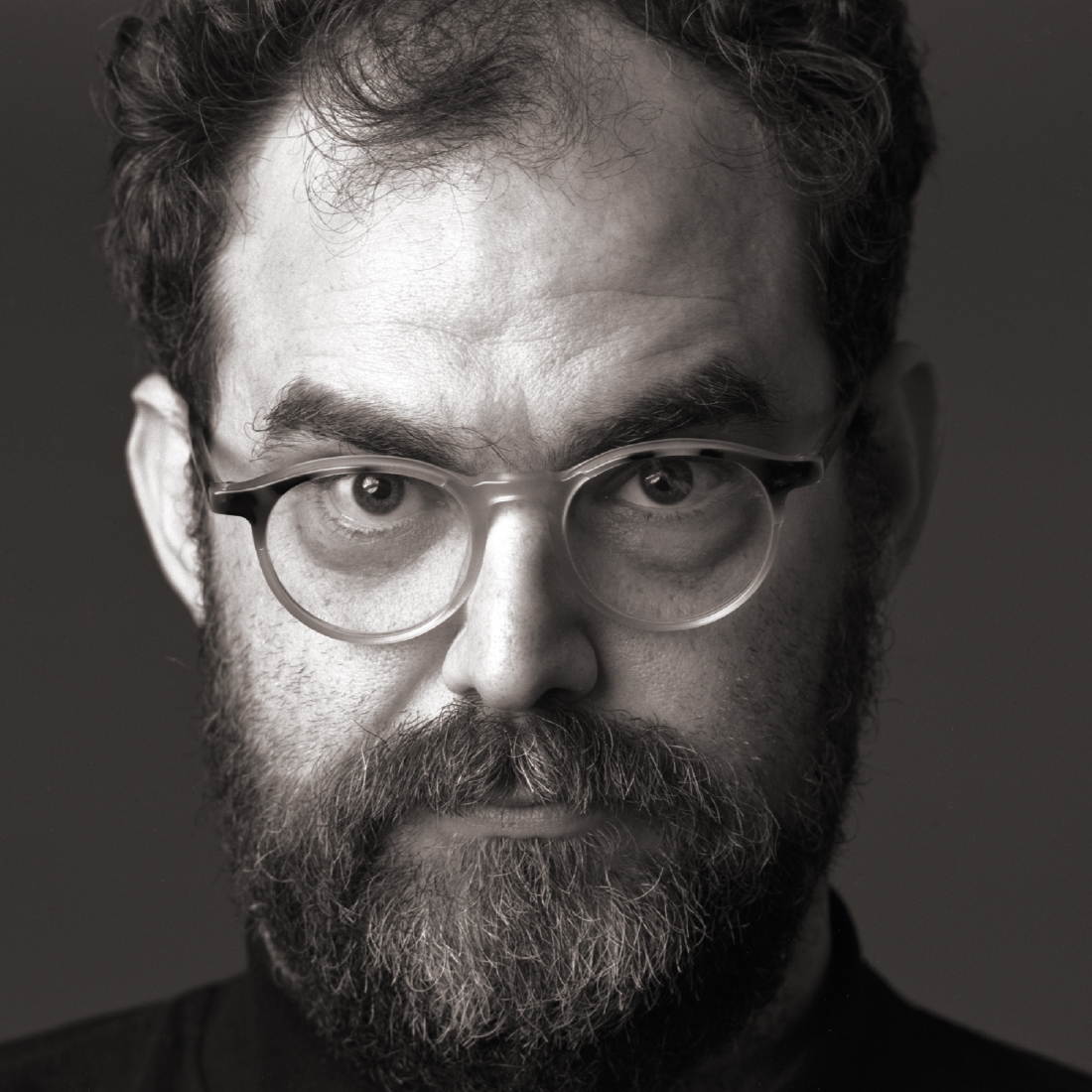
William Finn
DECEPTIVE SIMPLICITY
An Introduction by Alexandra C. Anderson
S usan Johann has assigned herself an ongoing project for which she is singularly well-prepared. This veteran photographer has been steadily photographing and interviewing playwrights since 1989. As a seasoned performer who began acting for stage and television when she was in her teens, creating portraits of the playwrights of the late 20th and early 21st centuries gradually became her particular obsession. She has documented a large number of those individuals who have crucially nourished the live theatre of our time.
As a portrait photographer, Johann is straightforward, self-effacing, precise. She works, believing that each detailthe subjects gaze, clothing, posture, hands, expressionprovides the photographer with documentary and psychological insight into an individual and his or her larger relationship to the community and to audiences. Such purposeful vision produces the deceptive simplicity of a unified style. Her portraits are also immensely sympathetic and revealingly intimate. The result is a record of the specific character of the individuals who stubbornly compose dramas quirky corps of living writers.
American playwriting has possessed a vigor, reach, and range that could well be one of the antidotes we need to help save us from the consequences of being force-fed the entertainment industrys latest merchandising ploy and the clever amateur distractions of YouTube. More than ever, it is vitally important to pay attention to individual creative visions that break through the sleek monotony and trivialization of contemporary culture.
Playwrights are a special breed within the community of writers. Johann seeks to record what is essential about each of her subjects. She enables us to see how each individual is very different within a shared profession. At a moment when unceasing celebrity-wooing and the stasis of the red carpet has more and more photographers acting as court lackeys who package manipulated images of pasteboard pop-culture icons, Johanns fine series of portraits of playwrightssome familiar faces, some nearly forgotten legends, and mostly faces unfamiliar to the public at largeare oxygen in a very stuffy room.
Next page
